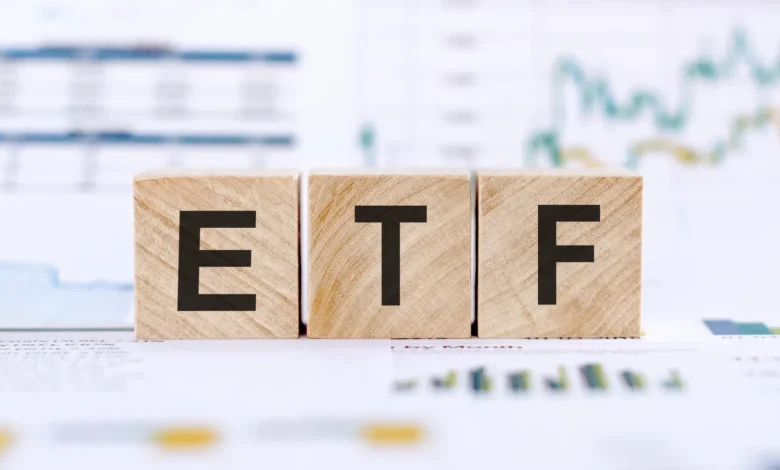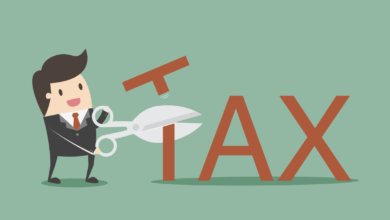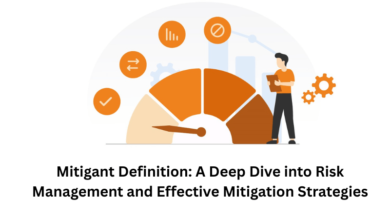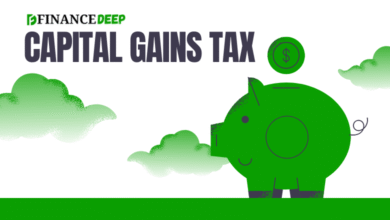Exchange-Traded Funds (ETFs): A Comprehensive Guide for 2025

Exchange-Traded Funds (ETFs) have become a cornerstone of modern investing, offering low-cost, diversified exposure to various asset classes. As of 2025, the ETF market continues to evolve, incorporating innovative strategies and expanding into new asset classes. This guide provides an in-depth look at ETFs, their benefits, and how to navigate the current market landscape.
What Are ETFs?
An ETF is an investment fund that holds a collection of assets—such as stocks, bonds, or commodities—and trades on stock exchanges, much like individual stocks. ETFs offer investors a way to buy a broad portfolio of assets in a single transaction, providing diversification and liquidity.
Key Characteristics of ETFs:
-
Diversification: ETFs typically hold a basket of securities, reducing the risk associated with individual investments.
-
Liquidity: ETFs trade throughout the day on stock exchanges, allowing investors to buy and sell shares at market prices.
-
Cost-Effectiveness: ETFs generally have lower expense ratios compared to mutual funds, making them a cost-efficient investment choice.
-
Transparency: Most ETFs regularly disclose their holdings, providing investors with clear insights into their investments.
Types of ETFs
ETFs come in various forms, each catering to different investment strategies and objectives:
-
Equity ETFs: Track stock indices like the S&P 500 or Nasdaq-100, offering exposure to a broad range of companies.
-
Bond ETFs: Invest in government, municipal, or corporate bonds, providing income and diversification.
-
Commodity ETFs: Focus on physical commodities such as gold, oil, or agricultural products.
-
Sector and Industry ETFs: Target specific sectors like technology, healthcare, or energy.
-
Thematic ETFs: Invest in emerging trends or themes, such as renewable energy or artificial intelligence.
-
Leveraged and Inverse ETFs: Use financial derivatives to amplify returns or profit from market declines. These are typically used for short-term trading strategies.
Top ETFs to Watch in 2025
The ETF landscape in 2025 is marked by innovation and diversification. Here are some notable ETFs gaining attention:
-
Invesco QQQ Trust (QQQ): Tracks the Nasdaq-100 Index, providing exposure to leading technology companies.
-
SPDR S&P 500 ETF Trust (SPY): Mirrors the performance of the S&P 500 Index, offering broad market exposure.
-
iShares Russell 2000 ETF (IWM): Focuses on small-cap U.S. companies, capturing the performance of the Russell 2000 Index.
-
SPDR Gold Shares (GLD): Offers exposure to gold prices, serving as a hedge against inflation and market volatility.
-
iShares Bitcoin Trust (IBIT): Provides exposure to Bitcoin, reflecting the growing interest in cryptocurrency investments.
Investment Strategies with ETFs
ETFs can be utilized in various investment strategies to align with individual financial goals:
-
Core-Satellite Strategy: Use broad-market ETFs (core) alongside specialized ETFs (satellites) to enhance returns and manage risk.
-
Dollar-Cost Averaging: Invest a fixed amount in an ETF at regular intervals, reducing the impact of market volatility.
-
Sector Rotation: Shift investments between sector-specific ETFs based on economic cycles and market trends.
-
Income Generation: Invest in bond or dividend-focused ETFs to create a steady income stream.
Risks and Considerations
While ETFs offer numerous benefits, investors should be aware of potential risks:
-
Market Risk: The value of ETF shares can fluctuate with market conditions.
-
Liquidity Risk: Some ETFs, especially those focusing on niche markets, may have lower trading volumes, affecting their liquidity.
-
Tracking Error: The performance of an ETF may not perfectly match the performance of its underlying index due to various factors.
-
Leveraged ETF Risks: Leveraged and inverse ETFs can be highly volatile and are generally not suitable for long-term investors.
The Future of ETFs
The ETF market is expected to continue its growth trajectory, with projections indicating assets could reach $35 trillion by 2035. Key drivers of this growth include:
-
Crypto ETFs: The integration of cryptocurrency-focused ETFs, such as Bitcoin and Ethereum ETFs, is expanding investor access to digital assets.
-
Active Management: There’s a shift towards actively managed ETFs, offering investors the benefits of professional management with the flexibility of ETFs.
-
Thematic Investing: ETFs targeting specific themes, like renewable energy or artificial intelligence, are gaining popularity as investors seek exposure to emerging trends.
Conclusion
ETFs remain a powerful tool for investors seeking diversification, cost-efficiency, and flexibility. By understanding the various types of ETFs and the strategies for utilizing them, investors can build a portfolio that aligns with their financial objectives. As the ETF market continues to evolve, staying informed about new developments and trends is crucial for making informed investment decisions.
Ready to explore ETF investing? Visit FinanceDeep.com for expert insights, tools, and resources to help you navigate the world of ETFs and build a robust investment portfolio.





